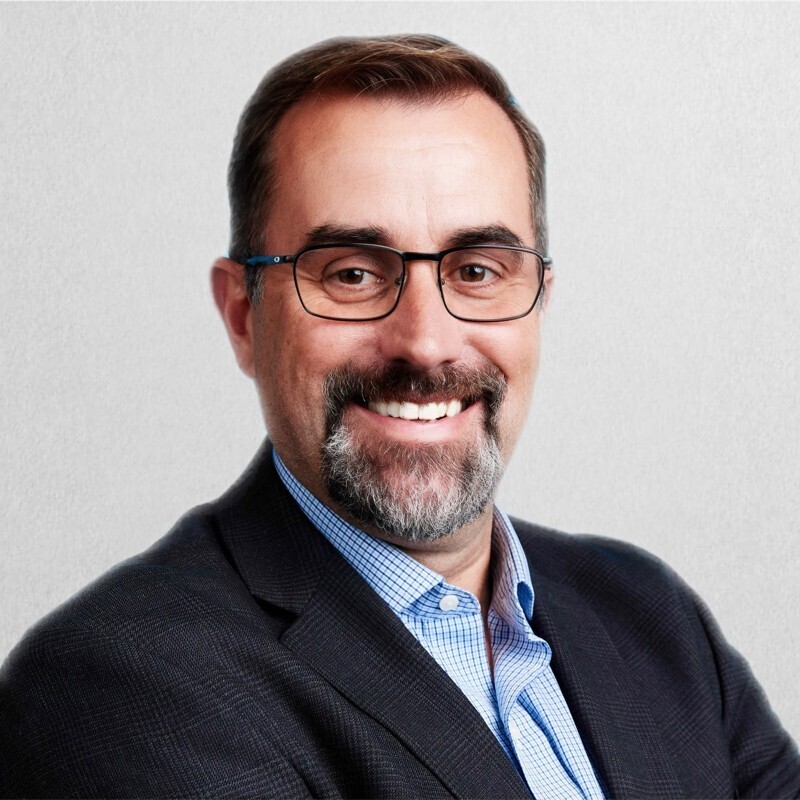What gets you going every day?
Besides copious amounts of coffee? There are many aspects of my job I look forward to on a daily basis, but two in particular come to mind.
The first is the opportunity to work on big problems with the potential to improve how the lab functions. While it’s true IT and cybersecurity generally play a supporting role in the overall execution of our mission, there is a tremendous opportunity to improve the capabilities of all the direct mission programs simultaneously, albeit in sometimes small ways.
I enjoy trying to figure out how to apply the various resources of the IT department to improve the institution, move the mission forward, or make everyone’s day a bit easier in the most effective way possible. Working at a research institution that is always pushing the envelope of what is possible means there is always a new puzzle to try to solve.
The second thing that gets me out of bed in the morning is the opportunity to learn from very smart people. A former mentor of mine used to say “If you’re the smartest person in the room, find another room.” The great thing about working at SLAC and Stanford is no matter which room you’re in, there is always something new to learn, and usually someone willing to help you better understand it.
What IT initiatives/programs/goals are you most interested in pursuing in the next 2-3 years?
At its core, SLAC is a worldwide user facility. We have research equipment that does not exist anywhere else in the world, and scientists come to SLAC to do research that cannot be done anywhere else. There are usually more external researchers than there are employees at SLAC. Developing a true federated identity capability, which gives the broader SLAC community frictionless access to our unparalleled resources, is a main focus for SLAC IT and the lab.
Vetting external users and enabling them to authenticate to lab resources using credentials from their home institution will greatly improve both the user experience and our local cybersecurity posture. I love this effort because it is a combination of a technology challenge and a policy challenge.
The other area that I find particularly exciting is the challenge of operationalizing generative AI in a research environment. There is obviously a lot of hype around AI, and plenty of challenges. Despite this, generative AI has significant potential to become a useful tool in helping address what I consider to be one of the bigger areas of need at decentralized institutions like SLAC and Stanford - the finding, synthesizing, and summarizing of large amounts of internal information.
How do your colleagues and team members help you achieve your vision? What challenges do you face?
First off, it’s not my vision. Developing a successful vision needs to be a dialog between internal subject matter experts and external stakeholders to have any hope of being successful. I believe there are two other critical characteristics of a successful vision:
First, it needs to be simple. A complex or unfocused vision will not get you very far. Second, it must help a team prioritize their work or help them come to a decision. If your vision isn’t helping your team decide what they should work on next, or guiding their decision-making process, it’s not very useful.
In terms of barriers, I think everyone on my team would agree that there are not enough hours in the day to accomplish everything we want to get done. This comes back to prioritization; to be successful, there needs to be a willingness to delay secondary efforts in support of the primary goal. That’s obviously easier said than done, but that’s the career we’ve all chosen.
How do you decompress outside of work?
I spend a lot of time these days at my kids’ games or recitals. During COVID, I started bicycling with the local cycling club. It’s great to completely disconnect during a long ride on the weekends. We’re also fortunate enough to have a dog-friendly beach within walking distance of my house, so I’ll often take my dog there and let him burn off some energy chasing seagulls.
What advice would you give early or mid-career IT professionals looking to grow at Stanford?
I love this recent quote by former President Obama: “If you want to be successful, learn how to get stuff done.” It sounds overly simplistic, but I find it to be true. It’s great to have an idea. But having an idea is easy; executing it is the hard part.
So if you have an idea, don’t stop there. Build a prototype, or a pilot, or a process, or whatever it takes. It doesn’t even have to be your idea, help someone else execute their idea. There is a huge difference between going to your boss with “we should do this” instead of “I had an idea on how we could make this better, so I did this thing and I’d like your feedback on it.”
The more often you are able to execute an idea or an improvement, the more of these types of opportunities you will get. The other piece of advice is to get out of your comfort zone. Volunteer, ask for help, and attend talks outside of your area of expertise to create more experiences to draw upon as your career develops.


